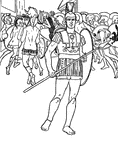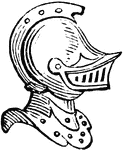Clipart tagged: ‘armory’
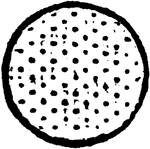
Roundlet Bezant
"Bezant, Or. BESANT, or BEZANT. Gold coin of Byzantium; when they appear in a coat of arms their colour…
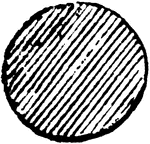
Roundlet Golpe
"Golpe, purpure. GOLPS. Roundlets of a purple tincture. The colour is not stated, as the name denotes…

Roundlet Guzes
"Guzes, sanguine. In addition to the foregoing tinctures, there are nine roundlets or balls used in…
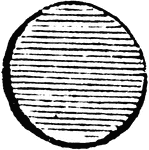
Roundlet Hurts
"Hurts, Azure. HURTS. Blue roundlets: the colour is expressed in the name; therefore the tincture is…
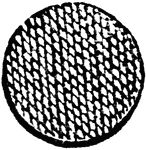
Roundlet Orange
"Orange, tenne. In addition to the foregoing tinctures, there are nine roundlets or balls used in Armory,…

Roundlet Pellet
"Pellet, sable. In addition to the foregoing tinctures, there are nine roundlets or balls used in Armory,…

Roundlet Plate
"Plate, Argent. In addition to the foregoing tinctures, there are nine roundlets or balls used in Armory,…
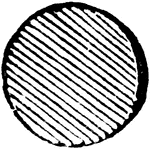
Roundlet Pomeis
"Pomeis, vert. In addition to the foregoing tinctures, there are nine roundlets or balls used in Armory,…
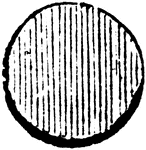
Roundlet Torteaux
"Torteaux, gules. In addition to the foregoing tinctures, there are nine roundlets or balls used in…

Procession to the Tower of London
Her Majesty's Royal Palace and Fortress, more commonly known as the Tower of London (and historically…

Traitor's Gate, Tower of London
The name Traitors' Gate has been used since the early seventeenth century, prisoners were brought by…
